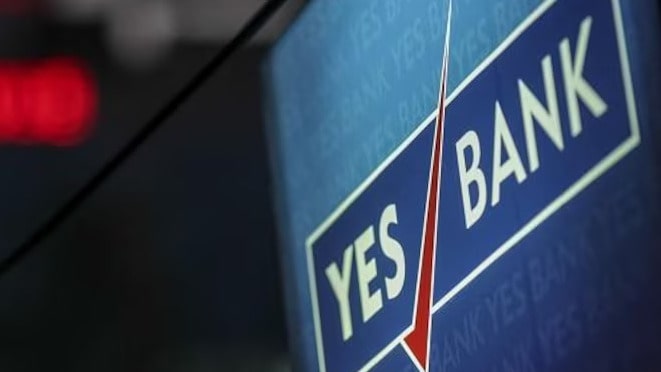Mumbai-based YES Bank has reported a 45% decline in net profit for Q4 2022, which ended on March 31, 2022. The bank’s net profit fell to Rs 202.4 crore ($27 million), down from Rs 369 crore ($50 million) in the same period last year, due to higher provisions. The bank’s provisions for the quarter rose to Rs 1,143 crore ($154 million), up from Rs 838 crore ($113 million) in Q4 2021.
The bank attributed the decline in net profit to a significant increase in provisions due to the COVID-19 pandemic. YES Bank’s CEO, Prashant Kumar, said, “The increase in provisions was primarily on account of COVID-19 related impact on asset quality, as well as the provisioning required for certain accounts under the Insolvency and Bankruptcy Code.”
Kumar added that the bank is taking steps to improve its asset quality and reduce its non-performing assets (NPAs). He said, “We are focusing on resolution of large accounts and a disciplined approach to risk management, which will help us in reducing NPAs and improving profitability.”
YES Bank’s gross NPAs stood at 15.4% at the end of Q4 2022, up from 15.36% in the previous quarter. The bank’s net NPAs also increased to 5.88%, up from 5.67% in Q3 2022.
The bank’s total income for the quarter rose to Rs 4,738 crore ($638 million), up from Rs 4,568 crore ($616 million) in Q4 2021. However, its net interest income (NII) fell by 13% to Rs 1,106 crore ($149 million), down from Rs 1,268 crore ($171 million) in the same period last year.
The bank’s operating expenses for the quarter increased to Rs 2,383 crore ($321 million), up from Rs 2,052 crore ($277 million) in Q4 2021. Its operating profit also fell to Rs 1,372 crore ($185 million), down from Rs 1,699 crore ($229 million) in the same period last year.
YES Bank’s deposits grew by 10% YoY to Rs 1.84 lakh crore ($24.8 billion) as of March 31, 2022, while its advances declined by 2.2% YoY to Rs 1.36 lakh crore ($18.3 billion).
The bank’s capital adequacy ratio (CAR) stood at 16.3% as of March 31, 2022, which is well above the regulatory requirement of 11.5%. Its Tier 1 CAR also stood at 14.5%, which is above the regulatory requirement of 9.5%. The bank has consistently maintained a strong capital adequacy position, which provides an adequate cushion to meet unexpected shocks and protect depositors. The bank’s healthy capital position is further supported by its diversified funding base comprising of customer deposits, borrowings from financial institutions, bonds etc.
YES Bank has been struggling with asset quality issues since 2019, when it reported a loss of Rs 18,564 crore ($2.5 billion) for Q4 2019. The bank had to be rescued by a consortium of lenders led by State Bank of India (SBI) in March 2020, after it failed to raise capital through a share sale.
The bank has been working to improve its financial position since then, and has raised capital through various means, including a qualified institutional placement (QIP) and a follow-on public offer (FPO) in 2020. It has also taken measures to improve its asset quality, such as reducing non-performing assets (NPA) and setting up a special asset management group. The bank’s efforts have resulted in an improvement of its financial position and credit rating, which is expected to help it attract more deposits and fund growth.
In a statement, YES Bank said that it has made progress in its turnaround efforts and is confident of its future prospects. The bank said, “Despite the challenging macroeconomic environment, we continue to make progress towards our goal of building a strong and sustainable bank.
Read More on Yes Bank










